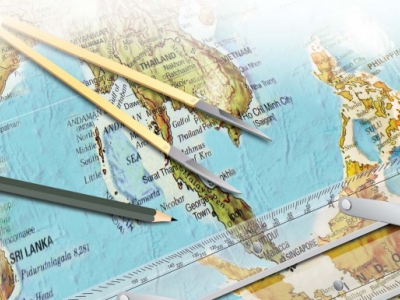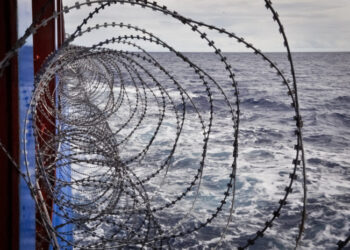A total of 183 incidents (168 actual incidents and 15 attempted incidents) were reported
ReCAAP Information Sharing Centre has published its Annual Report on piracy and armed robbery against ships in Asia during 2014.
During last year, there has been an increase in the number of piracy and armed robbery against ships incidents in Asia compared to the past four years (2010-2013). A total of 183 incidents comprising 168 actual incidents and 15 attempted incidents were reported.
On a year-on-year comparison, this represents an increase of 22% in the total number of incidents in 2014 compared to 2013. Of the 183 incidents, 13 (7%) were Category 1 (very signifi cant) incidents, 41 (23%) were Category 2 (moderately significant) incidents and 114 (62%) were Category 3 (less signifi cant) and petty theft (minimum significant) incidents.
Of the 13 Category 1 incidents, 11 incidents were siphoning of ship fuel/oil by perpetrators who boarded the ship to siphon the ship manifest of fuel/oil. Most of these incidents were Category 1 in nature because the perpetrators were armed with guns and knives; involved larger group of men who took control of the ship; threatened, tied and locked the crew in the cabin; siphoned the fuel/oil onboard the ship to another tanker/barge that came alongside; and before escaping, destroyed the ship’s communicatio and navigational equipment and took the crew’s cash and personal belongings.
In 2014, there has also been an increase in number of incidents in the Straits of Malacca and Singapore (SOMS) and the South China Sea (SCS). Most were Category 3 and petty theft incidents occurred onboard ships while underway in SOMS and onboard ships while anchored/berthed in the SCS. These incidents involved perpetrators who were opportunistic in nature, did not harm or treat the crew with violence; and entailed little or no economic loss as the perpetrators escaped immediately when the crew was alerted. Incidents resulted in the perpetrators escaped empty handed occurred in 55% of the incidents in SOMS and 65% of incidents in the SCS.
In light of the development of the situatio on in Asia in 2014, more need to be done collectively by the shipping community and governmental agencies in building trust and confidence in timely reporting, information sharing and operational responses. As vessels need to return to shore, the counter-measures also need to be managed from the landward side, to which due attention needs to be channelled to the entities concerned from the shore end.
Further details may be found by reading ReCAAP ISC Annual Report 2014 (please click at image below)
Source: ReCAAP ISC































































